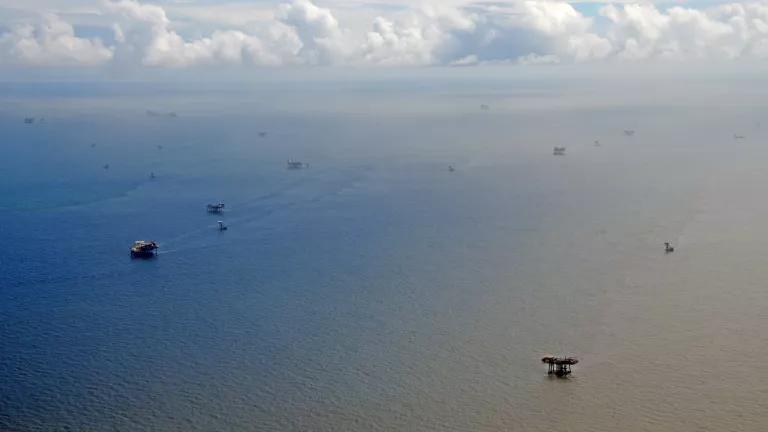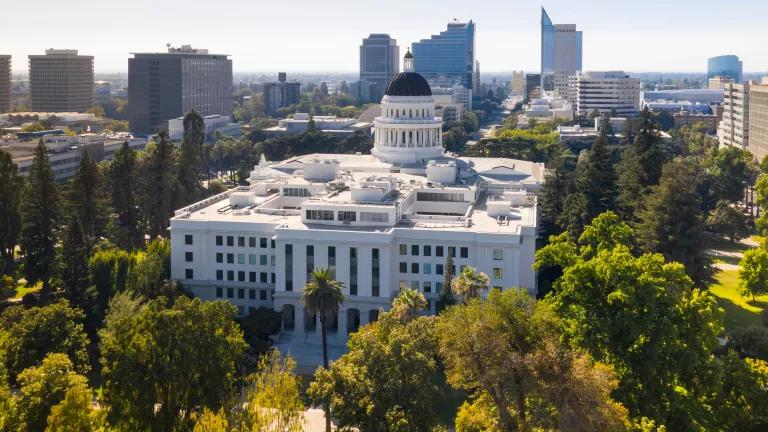
NRDC
Late last night, Plains Exploration and Production Company (PXP) released a long-awaited study on the oil drilling company’s hydraulic fracturing operations at the Inglewood Oil Field in the Baldwin Hills area of south Los Angeles. While it took a year to compile the study, this report actually was years in the making as it comprised one of a host of new requirements imposed on PXP through a July 2011 settlement that resolved a lawsuit brought by NRDC and three other plaintiffs in 2008.
The study appears to have found that two test frack jobs at the Inglewood field did not result in adverse impacts to groundwater or community health, nor did they cause additional ground movement or subsidence. We are reserving judgment until we’ve had a chance to carefully review all of the study’s findings, as well as the hundreds of pages of dense, technical information the author has offered to support those findings.
This is the first study of its kind in California, and as such it is attracting a lot of attention from policymakers, elected officials, the affected communities and the general public. The study might contain information that could prove useful to state regulators when they issue draft fracking regulations later this year. However, we need to keep this study in perspective, as its scope is limited to the Inglewood Oil Field, and thus it wouldn’t be appropriate to apply its findings more broadly to fracking operations in other parts of the state or the country.
We also are keenly aware that this study was funded by PXP, an oil company, and peer reviewed by at least one expert, John P. Martin, with ties to the oil and gas industry. Therefore, we need additional review from independent experts who have no financial stake in the study’s outcome. We will be seeking our own experts, but I also would recommend that California agencies with the appropriate expertise take a close look at this study and provide the public with their comments. Agencies such as the State Water Resources Control Board, the South Coast Air Quality Management District, the Department of Toxic Substances Control, the Department of Public Health and possibly others should weigh in and help the public understand whether the study’s findings are supported by sound science.
I also would add that these reports – both the main fracking study and the supplemental report conducted by Halliburton – seem to have a wealth of potentially useful information that may not previously have been made available to the public. I have said repeatedly that one of the biggest problems with regard to fracking in California is the lack of publicly available information, so these reports are a promising step forward, provided that our state regulators and other independent experts can confirm the accuracy and usefulness of this information.
Finally, we should not lose sight of the fact that this study is one piece of a comprehensive regulatory overhaul at the Inglewood Oil Field that NRDC and others have been working on for many years. Protecting the health of the vibrant urban communities in the Baldwin Hills has been our priority, and will remain so as long as active drilling continues at the largest urban oil field in the country.




